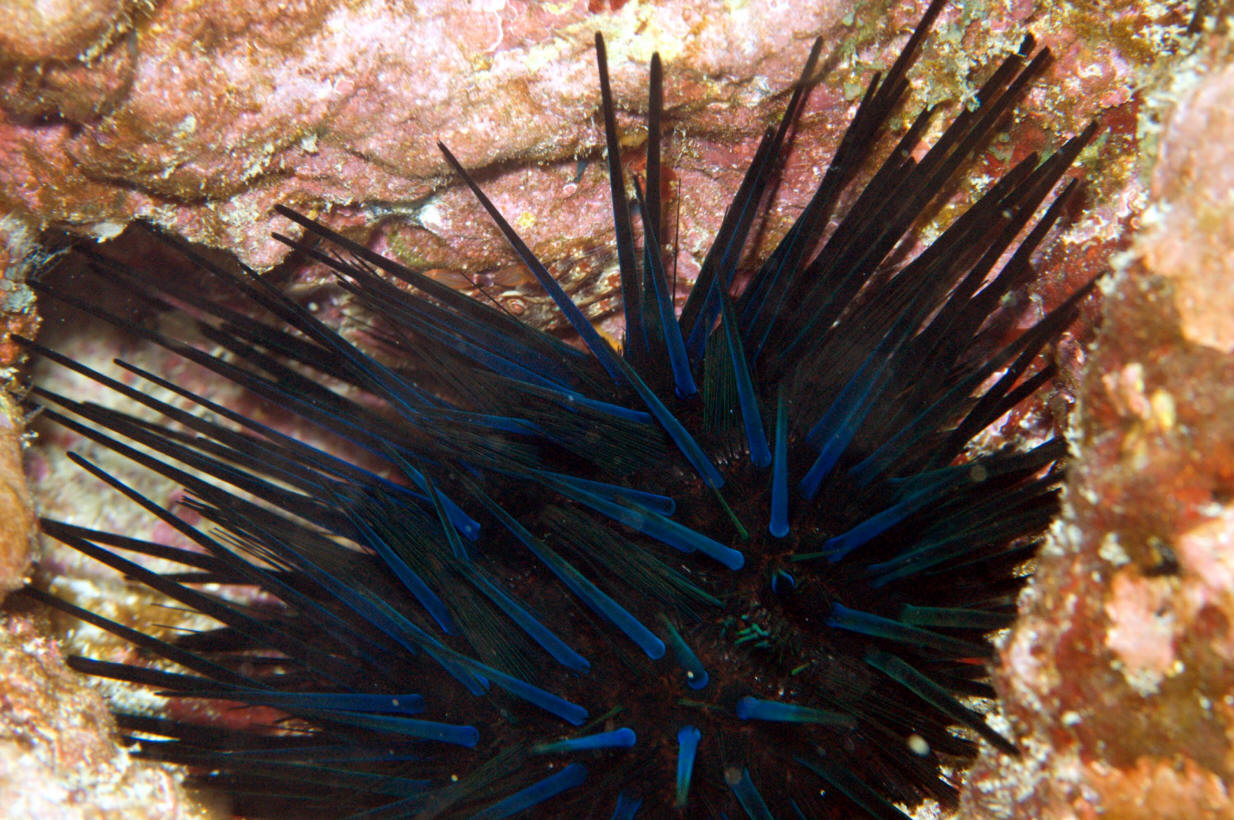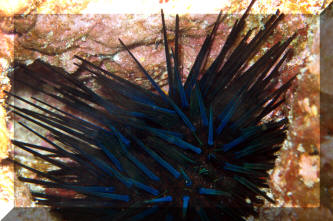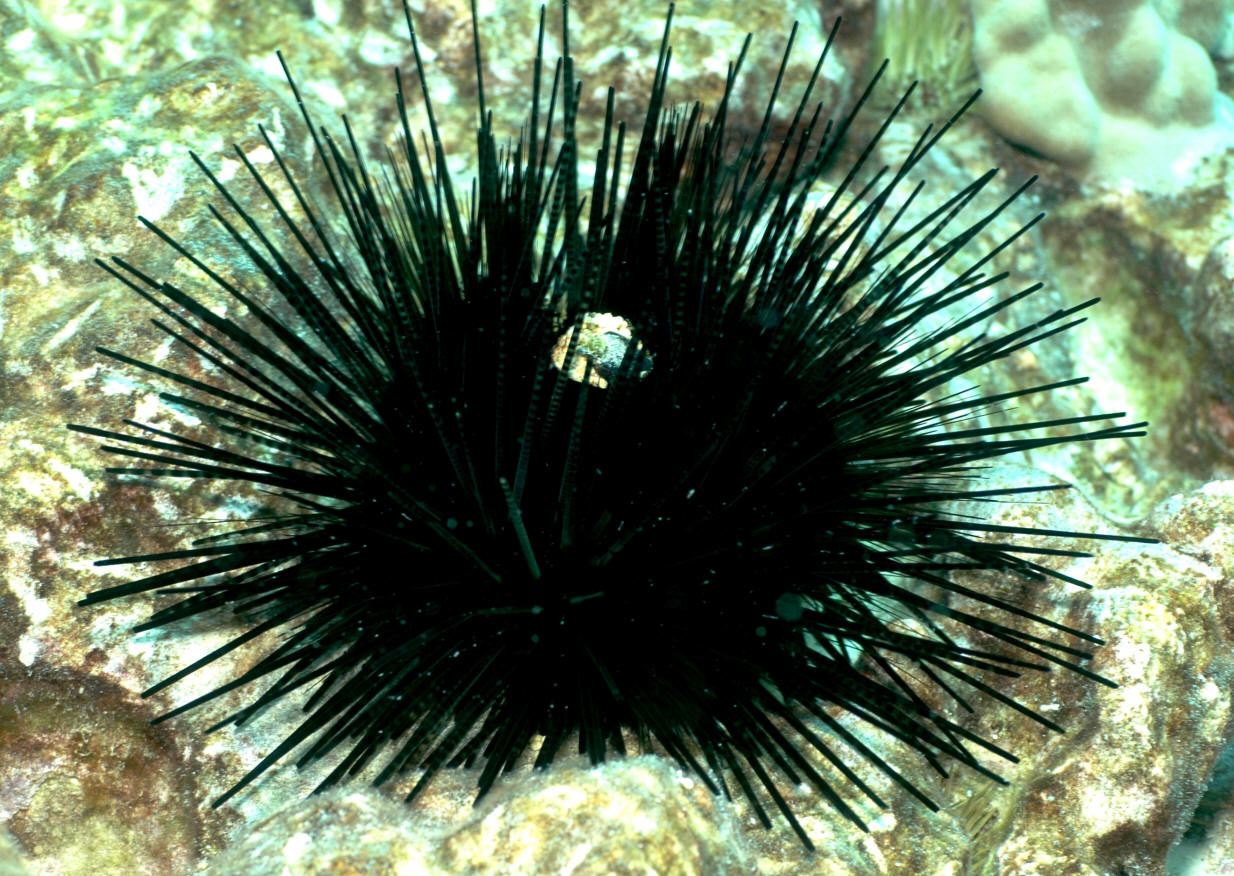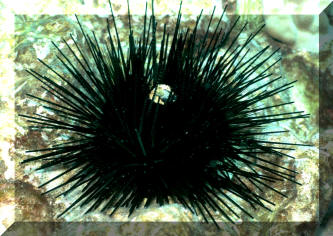Archive 1294: Daily Pix FULL SIZE
(For personal use only: NOT public domain)
Mmm, right click,
add, set as background...
To: Today's:
Desktop size download, Today's FAQs,
SW Archive 1270,
SW Archive 1271, SW Archive
1272, SW Archive 1273,
SW Archive 1274, SW Archive
1275, SW Archive 1276,
SW
Archive 1277, SW Archive 1278,
SW Archive 1279, SW Archive
1280, SW Archive 1281,
SW Archive
1282, SW Archive 1283,
SW Archive 1284,
SW Archive 1285,
SW Archive 1286,
SW Archive 1287,
SW Archive 1288,
SW Archive 1289,
SW Archive
1290, SW
Archive 1291, SW Archive 1292,
SW Archive 1293,
SW Archive
1295, SW Archive
1296, SW Archive 1297,
SW Archive 1298,
SW Archive 1299,
SW Archive 1300,
Freshwater Pic
of the Day Link
,
|
.JPG)
%20MD.JPG)
|
|
An example of what you definitely don't want to
experience. Here's a Bohadschia argus Jager 1833, the
Ocellated Sea Cucumber exhibiting a classic eversion of Cuvierian
Tubules display... this unbelievably sticky mass is absolutely
deadly to any/all tank inhabitants... you have minutes to remove
all livestock... if you're home at the time. |


|
|
Diadema paucispinum (A. Agassiz 1863), a
Long-Spined Sea Urchin. Pacific; Hawai'i and islands of the
South Pacific. To about twelve inches maximum diameter, with
spines. Usually in 60 or more feet of water on a vertical surface.
Common name means "few spines" which you may not agree
with if you get poked but good. Kona pic. |


|
|
Diadema paucispinum (A. Agassiz 1863), a
Long-Spined Sea Urchin. Pacific; Hawai'i and islands of the
South Pacific. To about twelve inches maximum diameter, with
spines. Usually in 60 or more feet of water on a vertical surface.
Common name means "few spines" which you may not agree
with if you get poked but good. Kona pic. |
.JPG)
%20MD.JPG)
|
|
Diadema savignyi (Michelin 1845), a
Long-Spined Sea Urchin. Indo-Pacific; Africa to the South Pacific.
Test about five inches maximum diameter, with spines to sixteen.
Black, grey, brown in color. Have green to blue lines in their
interambulacral aborally (on top). Lack the orange ring around the anus
of D. setosum (below). Hide in shade by day, scouring the reefs by night. Blue ring around
anus is indicative of this species. A frequent contaminant on/in
live rock imports. Philippines one
shown. |
|
|

